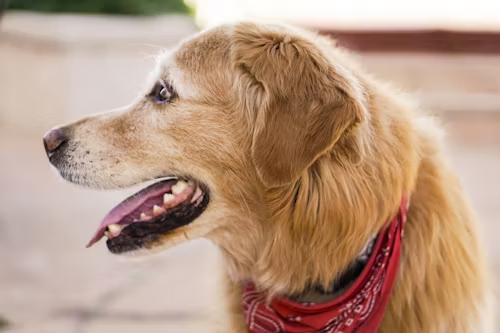Swimming Pool Safety for Dogs
Swimming pools can be a fantastic way for both humans and dogs to cool off and have fun during the summer. However, while pools offer enjoyment, they also come with potential hazards for our canine companions. Ensuring your dog’s safety around swimming pools is crucial to prevent accidents and keep your furry friend happy and healthy. In this guide, we’ll cover essential safety tips and considerations to keep in mind.
1. Supervision is Key
The most critical aspect of pool safety for dogs is supervision. Never leave your dog unattended near a swimming pool. Even if your dog is a strong swimmer, accidents can happen quickly. Ensure that someone is always keeping an eye on your dog when they are in or around the pool area.
2. Teach Your Dog to Swim
Before letting your dog swim freely, it’s essential to ensure they are comfortable and confident in the water. Introduce your dog to the pool gradually:
- Start Slow: Begin with shallow water and let your dog get used to the sensation of being in the pool.
- Use a Life Jacket: For dogs who are nervous about swimming or are new to it, a life jacket can provide extra safety and confidence.
- Positive Reinforcement: Use treats and praise to reward your dog for positive behavior around the pool.
3. Pool Design and Access
Consider how your pool is designed and how your dog can access it:
- Pool Steps: Ensure that the pool has steps or a ramp that your dog can use to exit the pool easily. If not, consider installing a dog-friendly ramp.
- Fencing: Install a pool fence to prevent your dog from accessing the pool unsupervised. The fence should be high enough and have secure gates to keep your dog from jumping over or pushing through.
4. Hydration and Shade
Swimming can be strenuous for dogs, so it’s crucial to provide plenty of fresh water and shade:
- Water: Always have a bowl of clean, fresh water available for your dog. Swimming can be dehydrating, and dogs need to stay hydrated.
- Shade: Set up a shaded area near the pool where your dog can rest and cool down. This helps prevent overheating and gives your dog a place to relax away from the sun.
5. Pool Chemicals
Chemicals used in pool maintenance, such as chlorine, can be harmful to dogs if ingested or if they come into contact with their skin:
- Rinse Off: After swimming, rinse your dog thoroughly with fresh water to remove any pool chemicals from their fur.
- Monitor Behavior: Watch for signs of irritation or discomfort after swimming. If your dog seems unwell, consult your veterinarian.
6. Emergency Preparedness
Accidents can happen, so it’s essential to be prepared:
- First Aid Kit: Keep a pet-specific first aid kit on hand that includes items like antiseptic wipes, bandages, and a thermometer.
- Know the Signs of Drowning: Familiarize yourself with the signs of drowning, which include excessive coughing, lethargy, and difficulty breathing. If you suspect your dog is in distress, seek veterinary help immediately.
7. Pool Safety Gear
Consider using safety gear designed specifically for dogs:
- Life Jackets: A life jacket can be beneficial for dogs who are not strong swimmers or are prone to exhaustion. It helps them stay afloat and provides visibility in the water.
- Swim Toys: Use dog-friendly swim toys to encourage safe play and help your dog stay active while swimming.
8. Swimming Pool Etiquette
Educate guests and family members about pool etiquette when dogs are around:
- No Rough Play: Avoid roughhousing or activities that might cause your dog to become anxious or overexerted.
- Respect Boundaries: If your dog is not used to being around a lot of people or other pets, create a quiet space where they can retreat if needed.
9. Regular Health Checks
Ensure your dog is in good health before allowing them to swim:
- Vet Check: Regular veterinary check-ups can help identify any underlying health issues that might affect your dog’s ability to swim safely.
- Ear Care: Dogs with floppy ears are more prone to ear infections from water. Keep their ears dry and clean after swimming.
10. Poolside Safety
Create a safe environment around the pool:
- Non-Slip Surfaces: Ensure that the pool deck is non-slip to prevent accidents when your dog is running or playing around the pool area.
- Remove Hazards: Keep pool equipment, toys, and other potential hazards out of your dog’s reach to prevent injuries.
11. Be Aware of Temperature
Water temperature can affect your dog’s comfort and safety:
- Avoid Overheating: Ensure the water is not too hot or cold. Extreme temperatures can cause discomfort or health issues for your dog.
- Cool Down: If it’s a hot day, provide plenty of cool water and a shaded area for your dog to rest.
12. Training and Commands
Teaching your dog basic commands related to pool safety can be helpful:
- “Come” Command: Teach your dog to respond to recall commands, which can be crucial for ensuring they come to you when needed.
- “Out” Command: Train your dog to understand commands like “out” to help them exit the pool safely.




